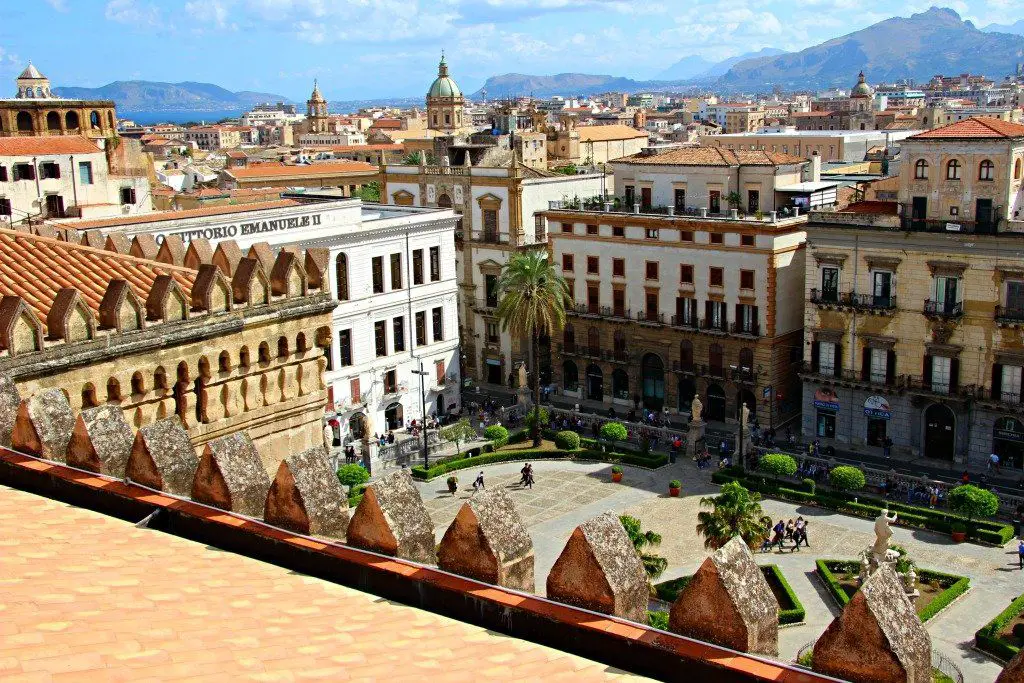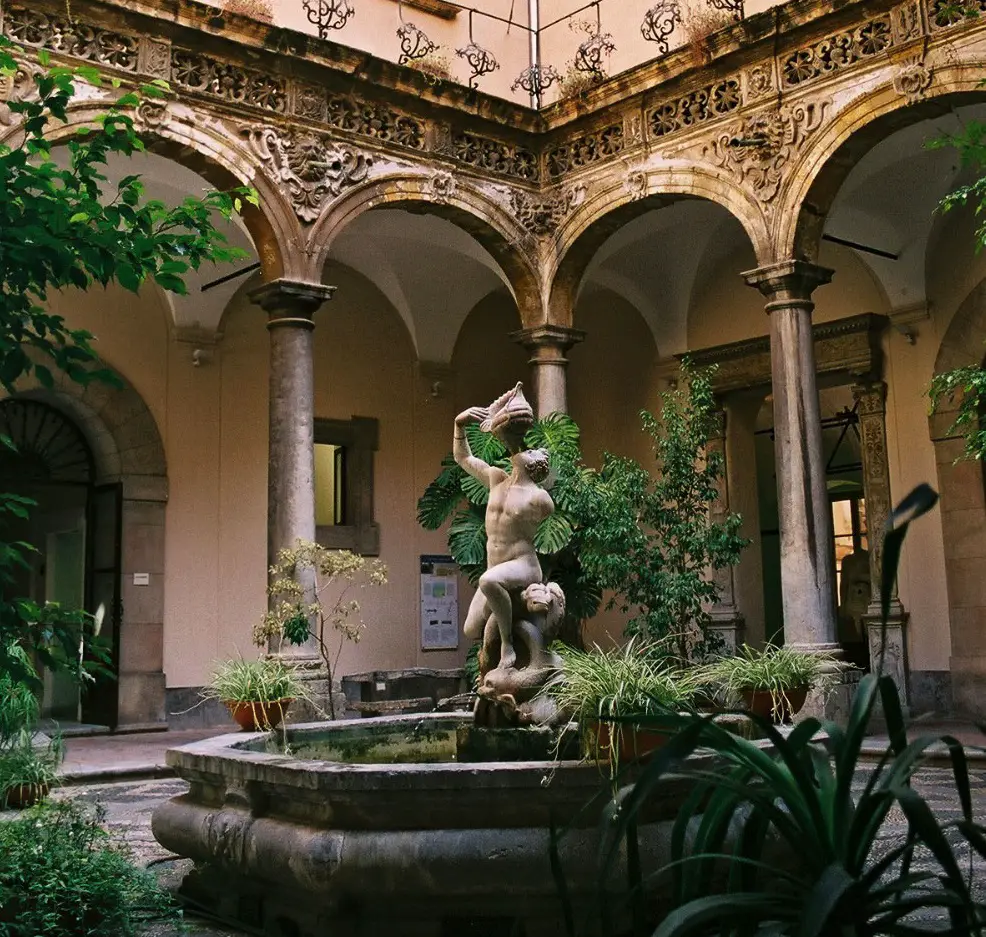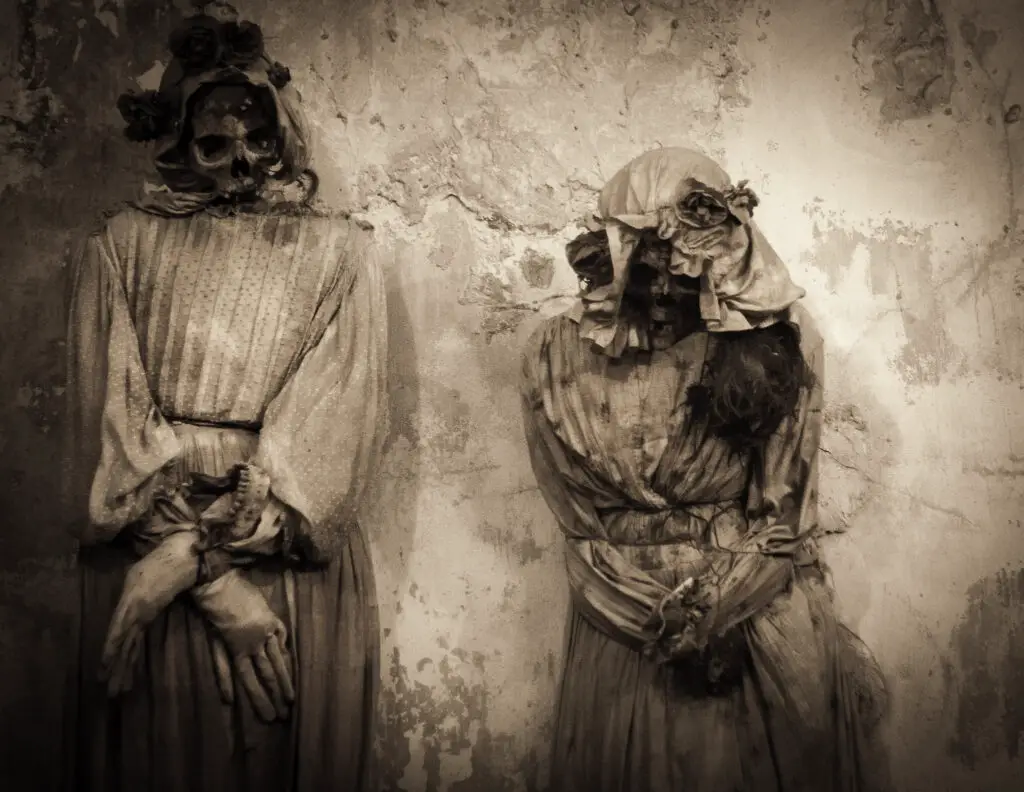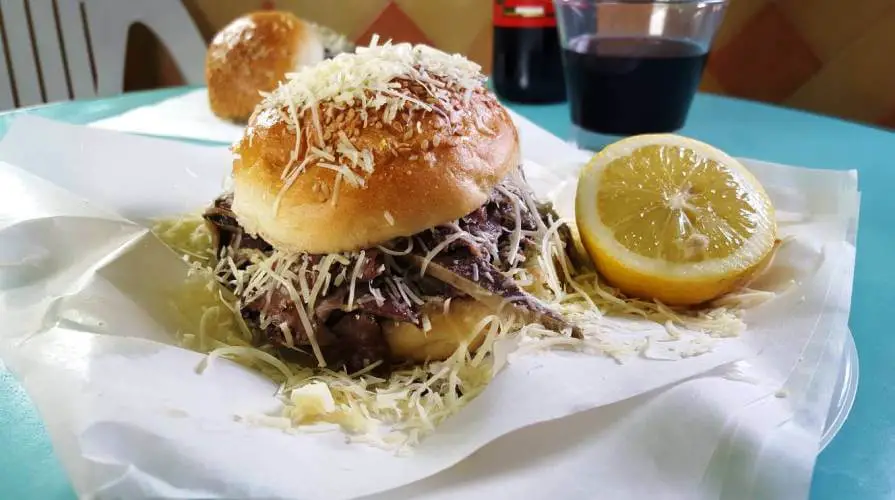Palermo is one of the major tourist destinations in Europe – and for good reason

Sitting at the bottom of Italy, Palermo is the capital of Sicily which is the largest island in the Mediterranean Sea. Palermo is known for its delicious street food, rich history, chaotic traffic, and unique architecture.
According to some cave drawings found by archaeologists, Palermo’s history dates as far back as 8000 BC. Although the city still preserves some of its ancient elements, it has now turned into a 21st century metropolis with a population of more than 650,000. Palermo has seen major economic development since the 1980s and has become one of the major tourist destinations in Europe.
If you plan on visiting Palermo, here are some of the things that you should add to your itinerary, and if you’re looking to find the cheapest flights for your trip, we suggest travils, a top travel comparison search.
Visit the Palermo Cathedral

The Palermo Cathedral has seen the rise and fall of many nations and empires including the Romans, Arabs, and Christians, and served a different purpose for each nation. Originally constructed in the late 1100s as a church, the cathedral served as a mosque under Arab control and still retains its Moorish architecture side by side with its Roman, Germanic, and Christian elements making it a truly fascinating structure.
The south end of the cathedral boasts a magnificent Catalan gothic portico entrance through which visitors can enter the cathedral. The moment you walk in you can see some of the columns with the Arabic inscriptions that remind you of the Moorish era, whereas a 13th century mosaic of the Virgin Mary above the doorway is a remnant of the old church.
Take your time exploring the whole cathedral, from the 12th-century bell tower and the Loggia of Incoronata to the tombs of the Norman-Hohenstaufen dynasty and tons of fantastic Byzantine artwork.
Take a tour of the Palermo Archaeological Museum

Located near the Teatro Massimo, Palermo Archaeological Museum is a place tailor-made for history buffs and art lovers. This museum has one of the richest Greek art collections not just in Italy but in all of Europe. In addition to that, the museum houses artifacts and artworks related to Sicilian history.
The museum is split into different sections which makes it easy for visitors to navigate through and also offers guided tours for a few Euros which is the best way to go if you want to learn the historical significance of each artifact and piece of art.
Selinunte Room is the museum’s crown jewel which houses some of the oldest pieces of art in all of Europe, with the oldest artwork dating back to 443 BC. Some of the oldest artwork includes the four Salinas metopes showing the Gods of Delphi, a sphinx, the Abduction of Europa, and Hercules and the Bull, the sixth-century BC statue of the god Canopus, and the terra-cotta votive statuettes.
Check out the Capuchin Abbey and Catacombs

Capuchin Abbey is by far the most bizarre tourist attraction in all of Sicily. These underground passageways are around 4 centuries old and were burial places from 1599 to 1881. As you make your way through this volcanic rock you will see more than 8,000 mummified corpses some of which are hanging on the walls while others lie in the passageway arranged by status and sex.
Monks used to preserve these bodies from decay by using traditional methods that included insertion of spices and herbs through incisions made in the fleshy parts of the body or immersing the bodies in alcohol and wrapping them with tarred and waxed sheets.
As you make your way through the passageways and see different corpses you will notice that some of them have considerably new clothes even after hundreds of years. This is because until just a few years ago the mummies were regularly given makeovers by their relatives. They were given vinegar baths, dressed, and places in new coffins. Make sure you don’t pull out your phone to take pictures. It is considered extremely disrespectful and is strictly prohibited.
Spend a day at Foro Umberto I and the Botanic Garden
Located along the eastern seafront of the city, Foro Umberto I boulevard boasts serene views of the bay of Palermo. Towards the western end of Foro Umberto sit the Palermo Botanic gardens with a wide variety of plants, including tons of different flowers, banana trees, coconut palms, bamboo, and papyrus.
When the weather is suitable you will see half of the city flock at Foro Umberto I for a walk or exercise. The Foro Umberto I boulevard also houses the famous La Flora park which attracts locals and tourists alike. You can also take a stroll in the botanic garden which covers 11 hectares of land with more than 1200 species of plants from around the world.
Try traditional Sicilian Cuisine
Your visit to Palermo is incomplete if you don’t spend some time trying different local and traditional cuisines. Famous for its seafood, fresh farm vegetables, nuts, and locally made cheeses, Palermo offers a wide selection of local cuisines to choose from. However, you need to make sure that you spare a whole day out of your trip to try different local and traditional foods if you want to get the authentic Palermo food experience.
Start your day with the neighborhood street food and try some of the specialties including the Panino con le Panelle which is a famous sandwich made from crisp-fried chickpea fritters on soft sesame-seeded buns, Pane Con La Milza which is a sandwich stuffed with spleen of veal, Frittola which is a greasy and oily looking dish made with mysterious ingredients, and Sfincione which is a fresh and crispy bread seasoned with tomato sauce, onion, caciocavallo cheese, anchovies, and olive oil.

To complete your Palermo food experience, you also need to experience the cities fine dining. So, head to Ristorante Ferro and try the risotto, salmon, turnip tops, and sea bass or go to Osteria del Vespri and try the ricotta cheese ravioli with fried zucchini, Nocellara tuna, or the boneless leg of duck.